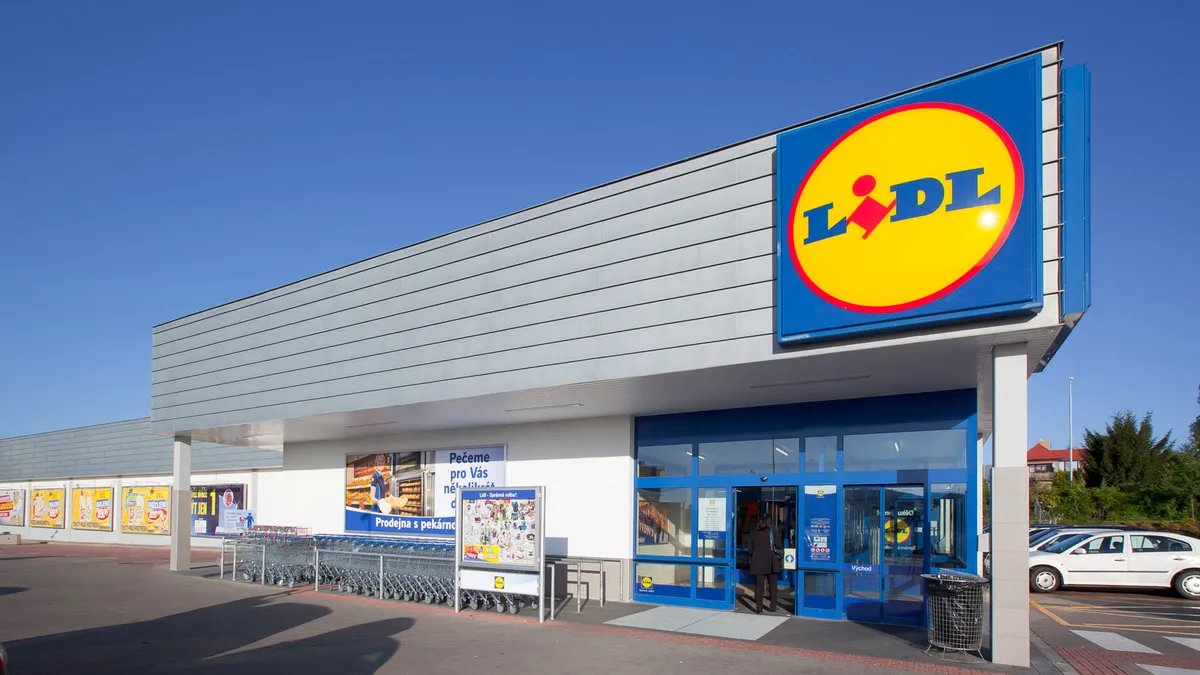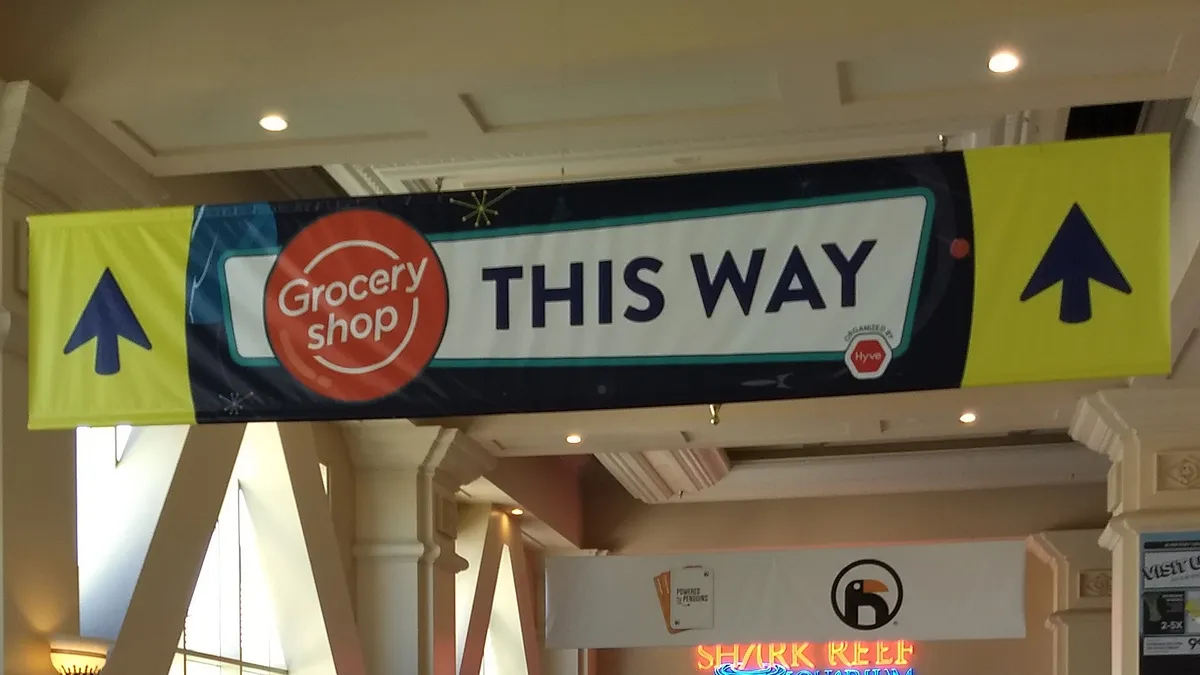Dive Brief:
- Lidl may be down after a slow start in the U.S. market, but its prospects are looking up in 2018, according to a recent article on Drug Store News.
- The story references Daymon's Private Brand Intelligence Report, which found 63% of consumers said Lidl's expansion to the U.S. exceeded expectations, even though sales were not as robust as hoped.
- Daymon also noted that Lidl has been able to learn from mistakes in the past and revamp. In addition, it's a private company, so it doesn't have to answer to shareholders. Plus, it has established recourses that will help it adapt to the U.S. market.
Dive Insight:
A quick glance at Lidl's headlines in recent months would make most people think their entrance into the U.S. was a flop. Last fall, Lidl fired its German head of U.S. operations. Since then, the company has canceled projects in markets up and down the East Coast and its CEO has said they're scaling back growth for 2018.
But ask an American consumer who actually shopped at Lidl, and a different story unfolds. A 2017 consumer survey from global management consulting firm Oliver Wyman found that Lidl is drawing affluent consumers who rate the discounter's distinguishing fresh foods highly, and who plan to keep shopping with the chain.
Even with Lidl's reputation for value, 64% of first-time shoppers surveyed said they found the discounter's prices to be lower than expected. For these reasons, and the ones cited by Daymon, it looks like Lidl will succeed in the U.S., despite its early hiccups.
It's easy to draw a comparison to British company Tesco's failed attempt to enter the U.S. grocery market with its popular Fresh & Easy chain. Both are powerhouses in Europe that experienced initial trouble penetrating the U.S. market. However, there are more differences than similarities.
Timing was not on Fresh & Easy's side. It launched in 2007, on the cusp of the recession, when consumer spending and curiosity about new flavors and brands was about to fall off a cliff.
In addition, the store's main selling point was freshly prepared foods ready to take home for dinner. This eating habit is well established in Europe, but hadn't quite resonated in the U.S. yet. Dinner was either made in the kitchen, or delivered. Expecting consumer habits to change quickly, especially when they're feeling financially strapped, was a stretch.
Conversely, Lidl is entering the U.S. market when the Dow Jones is setting records for its highest close and the unemployment rate is low. Consumers may feel a bit more adventurous now, and open to trying out a new store. Also, Lidl is known for having cheaper prices and a wide variety of private label brands, whose popularity is surging in its own right.
Lidl has advantages beyond the current economy and products lining its shelves. It's a privately held company, which gives it the luxury of time to learn from its mistakes and regroup. Retailers that have to answer to shareholders aren't always afforded that second chance.
When the European market first arrived on the East Coast, it had a few missteps. Stores were too large and placed in suburbs, as opposed to large cities. U.S. consumers also didn't respond to its wide range of non-consumable goods (Americans apparently don't want to put yoga pants and tomatoes in the same basket).
A larger overarching problem, according to Wyman, is that the chain has struggled to build awareness. Its survey showed that among 2,000 consumers who had never visited Lidl, 92% said this was because they weren't aware of the chain, the company hadn't built a location near them, or because they hadn't yet had time to visit a store. Only 8% said they had no interest in visiting the stores.
On the upside, these are all issues Lidl can address. It has already announced its first New York location in a busy urban area. If anything, Lidl has proven repeatedly that it's adaptable.









